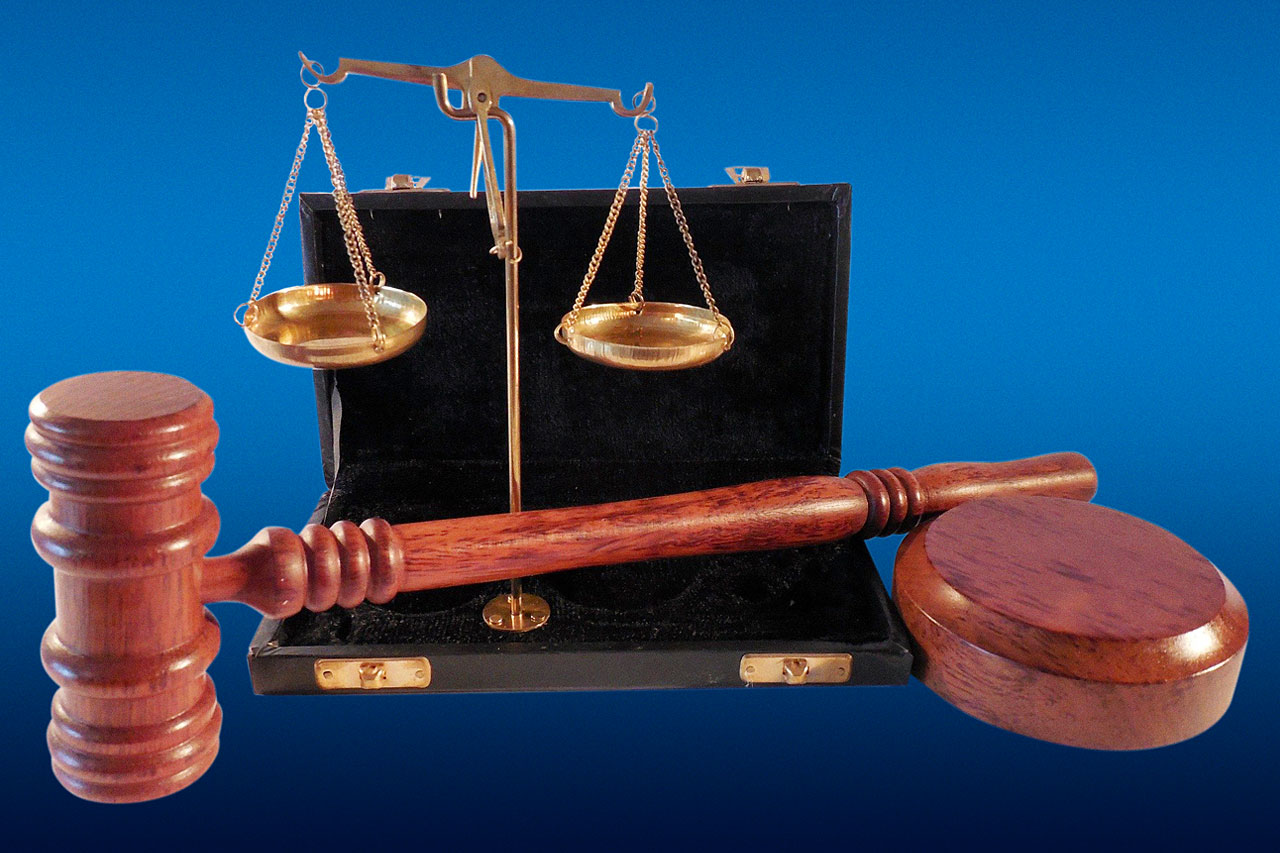Published on: 27.1.2020
Information produced by Finnish Environment Institute
Water level regulation permits

A permit for regulating the water level of a lake or river can only be issued if there are solid grounds for the regulation. The permit also sets conditions on how the regulation should be carried out.
Regulation permits are granted by the Regional State Administrative Agency. When considering the matter, the agency weighs different aspects, most importantly the applicant’s reasons for wishing to regulate a river or lake. Their objectives, including hydropower production, flood protection or other benefits, are compared to the other positive and negative consequences of regulation.
The aspects to be assessed include impacts on people’s living conditions and livelihoods as well as on the natural environment and its recreational use. The aim of the regulation permit is to maximise the benefits while minimising adverse effects.
The many conditions of the permit include the maximum and minimum water levels of a regulated lake in different seasons as well as provisions on the regulating structures and other technical matters.
Most of the valid regulation permits were issued many years or even several decades ago. At the time of their issue, the consideration of permits was based on different perspectives and objectives than today.
Many of these permits are in the process of being updated, among other reasons because the snow cover is dwindling, especially in Southern Finland. Consequently, reserving as much capacity for meltwaters in lakes as before is no longer necessary.
Image: Pixabay